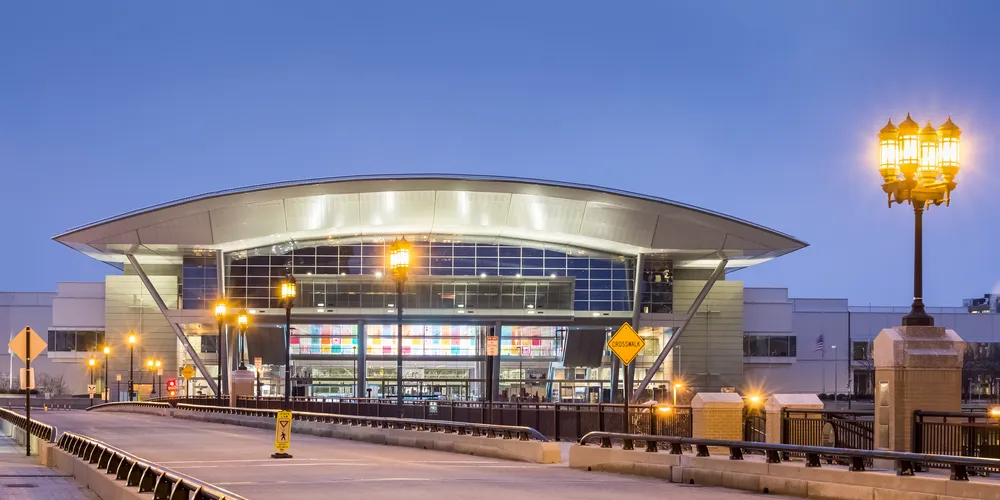Boston Show 2017 blog: Recap on three hectic days
Three chaotic days and nights with thousands of potential customers, hundreds of booths, and dozens of new product innovations. IntraFish journalists Drew Cherry, John Fiorillo, Avani Nadkarni and Kim Tran were on the ground to help you navigate.
